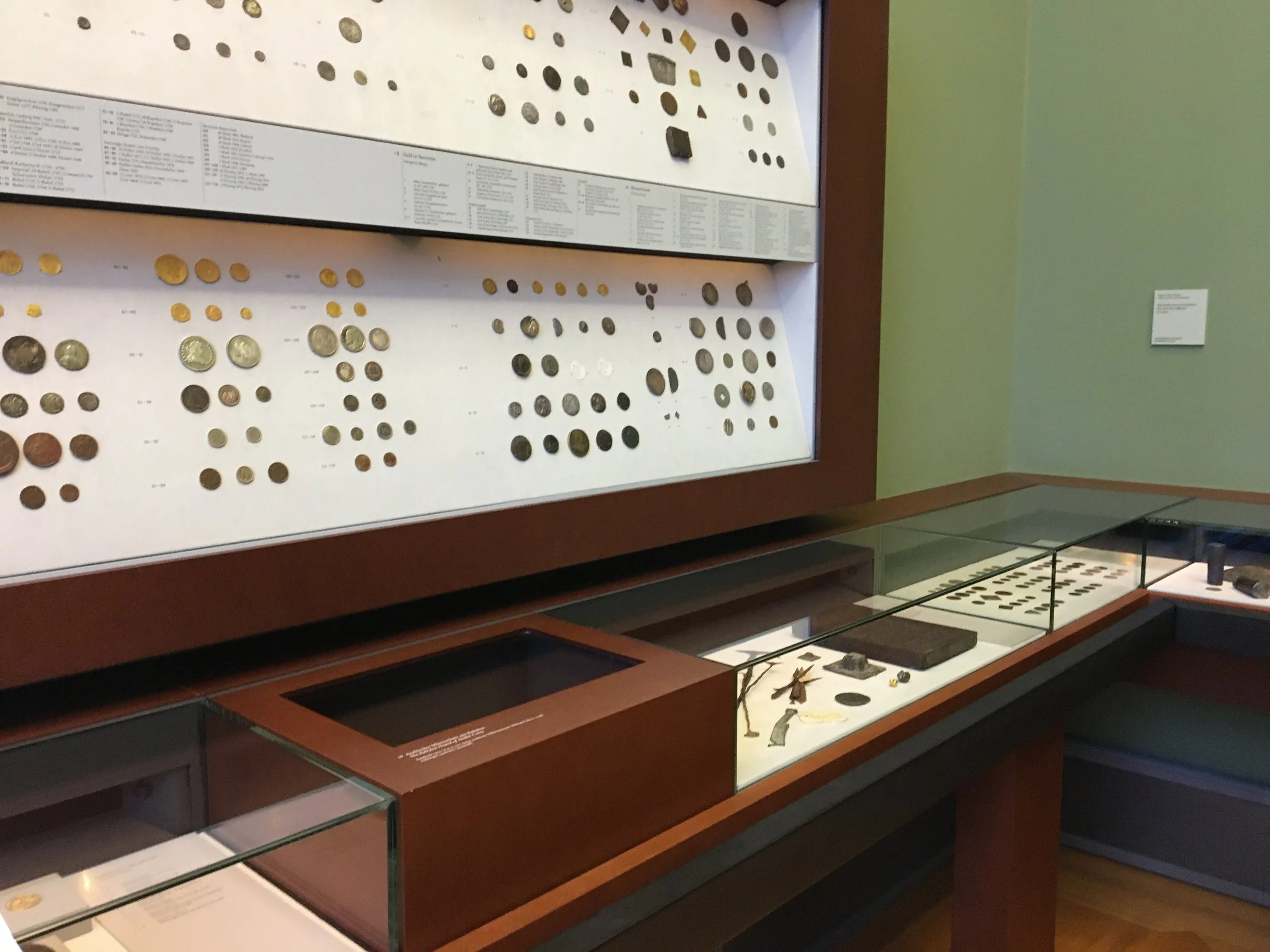How do Indigenous repertoires of ‘care’–i.e. scripted and ad hoc practices of using, maintaining, repairing, and beautifying religious sites and objects–intersect with the ‘work’ of historical conservation? In what ways are religious values expressed through the continued use and reuse of historical sites? Finally, can these works of piety be integrated within current conversations around the preservation of ancient temples and religious sites in Southeast Asia? To explore these questions, this essay brings images collected during field research in 2023 at premodern Hindu and Buddhist temple sites in Cambodia into conversation with historical sources that contextualize the reciprocal relationships that exist between religious practitioners, sites, and objects.
- November 2024
- September 2024
- August 2024
- July 2024
- May 2024
- January 2024
- December 2023
- November 2023
- June 2023
- May 2023
- September 2022
- August 2022
- May 2022
- April 2022
- October 2021
- June 2021
- May 2021
- March 2021
- February 2021
- December 2020
- September 2020
- August 2020
- July 2020
- June 2020
- January 2020
- December 2019
- October 2019
- September 2019
- August 2019
- July 2019













